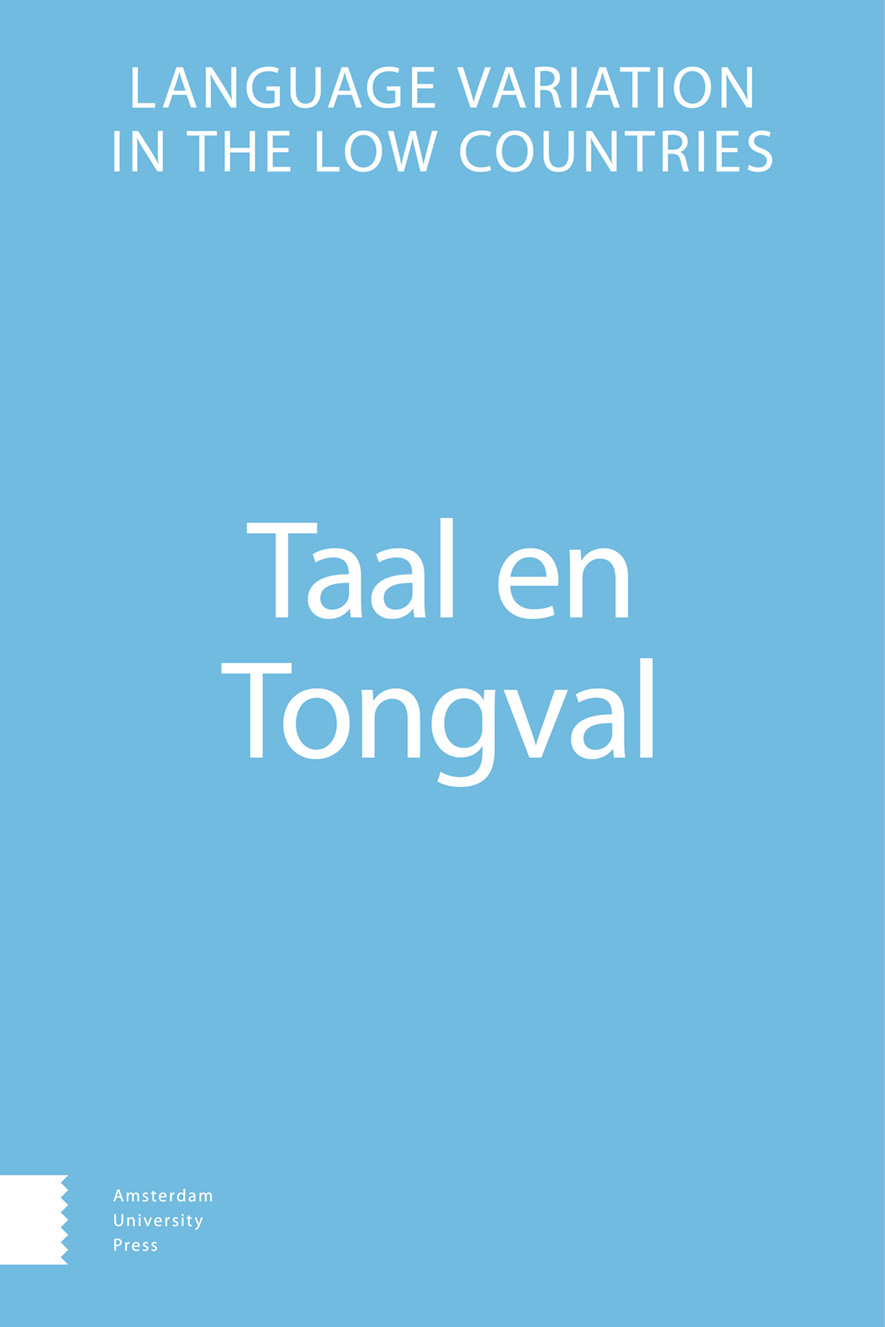-
oa De dynamiek van hersemantisering
- Amsterdam University Press
- Source: Taal en Tongval, Volume 61, Issue 3, jan. 2009, p. 82 - 110
Samenvatting
The southern Dutch variety has a traditional, so-called ‘grammatical’ gender system, in which pronouns agree in gender with their antecedent noun, which can be masculine, feminine or neuter. For most nouns, there is no apparent semantic motivation underlying gender assignment. However, this kind of grammatical system may be replaced with a system that makes use of semantically-motivated gender-marked pronouns, by a process termed ‘resemantisation’. Certain elements of semantic gender systems are to be found in the language acquisition of southern children. This paper addresses the question to what extent these semantic tendencies in pronoun usage by children are indicative of an ongoing change in the southern pronominal gender system. Hence it focuses on pronominal gender usage of adults and adolescents as well as language acquiring children. The results reveal first, that even adolescents do not yet reach an adult-like proficiency in the grammatical gender system, and, second, that the influence of grammatical gender on pronominal reference gradually decreases from generation to generation. Though grammatical gender still stands strong, clear semantic patterns are observed, which indicate an ongoing process of resemantisation. The data for adolescents also suggest that the resemantisation process is pushed forward by language acquirers. In this paper the dynamics of this process will be discussed as well as how this fits in the typology of resemantisation pathways.


